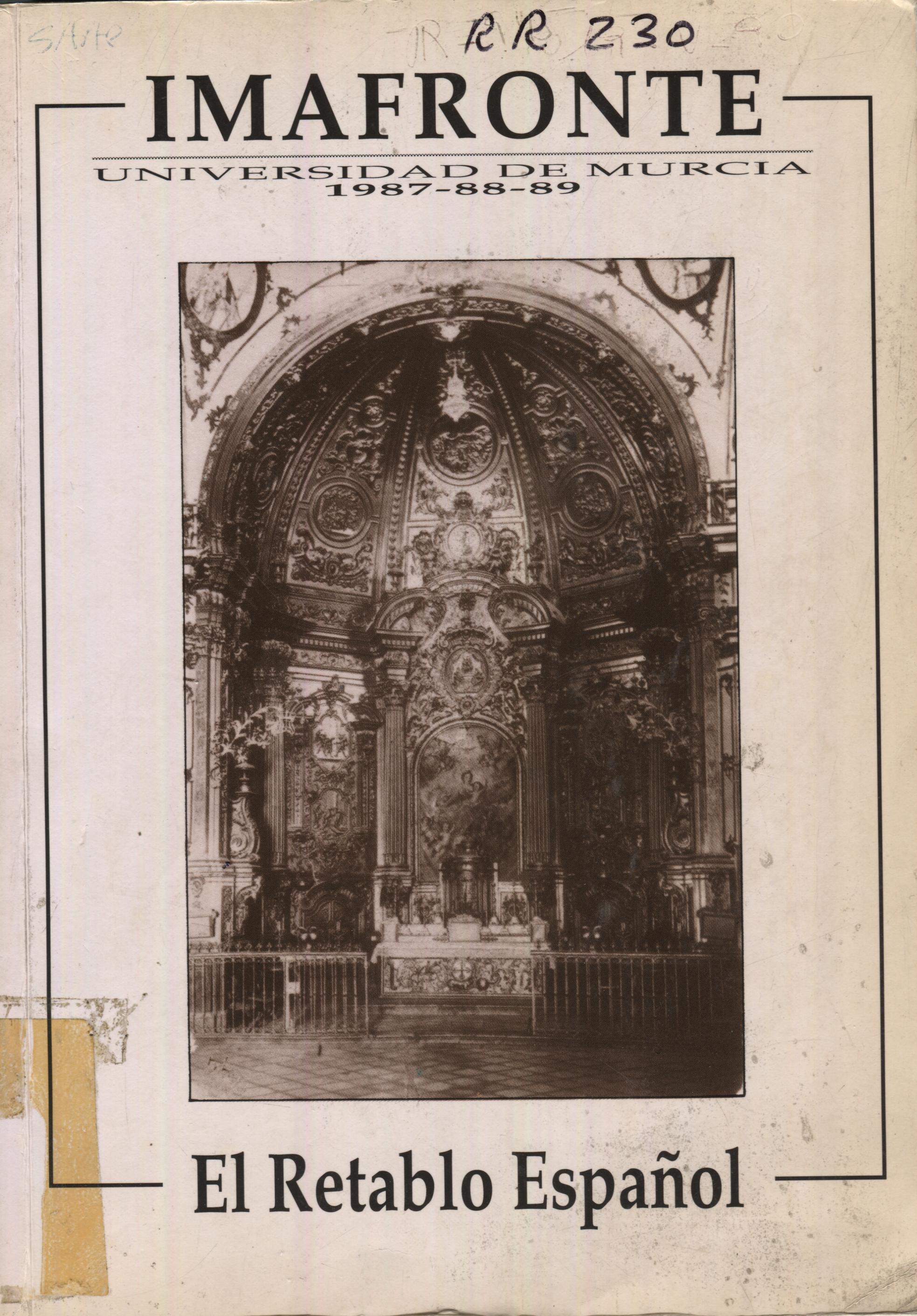APROXIMACIÓN AL ESTUDIO DEL RETABLO EN ANTEQUERA EN EL SIGLO XVIII
Resumen
Though the Málaga baroque reredos panorama is scatterd and its reconstruction is quite a dficult task because many losses happened, the city of Antequera offers a set of specimens of speclal interest. During the XVIIIth century, important artists, like Antonio Mohedano and Bernardo Simón Pineda, appeared in this city. They both made a way to the Antequera retable in the eighteenth-century, this century being considered its golden age. Along this century, big machines were joined which evolved from a clearly baroque design to the classicistic models imposed by the rigour of the Academies. Therefore, the stages of the reredos in Antequera define models such as the so called castizos, a typical model in the first half of the XVIIIth century with twisted columns, a clear architectural scheme and a conspicuous manifestador [manifester] By the middle of the century, a rococo stage asserts itself coinciding with the acme of economy and population in Antequera; this stage has its most significant work in the main altarpiece of Carmen's church. The clear architectural scheme lost in favour of ornamentation and sculpture came back in the pseudoclassical stage, during the last third of the century; José M. de Aldehuela was its real initiator, the main retable of St. Zoilo's church being its most significant example. A last stage. the neoclassical one, offers a lesser interest and it gives rise to clearly neoclassical retables already in the XIXth century.Descargas
-
Resumen284
-
PDF314
Las obras que se publican en esta revista están sujetas a los siguientes términos:
1. Los autores ceden de forma no exclusiva a la revista los derechos de explotación (reproducción, distribución, comunicación y transformación).
2. Las obras que se publican en esta revista están sujetas a la licencia Attribution-ShareAlike 4.0 International (CC By SA 4.0). Por lo que se pueden copiar, usar, difundir, transmitir y exponer públicamente, siempre que:
i) se cite la autoría y la fuente original de su publicación (revista, editorial y URL de la obra), permitiendo así su reconocimiento.
ii) se permite remezclar, transfromar o crear a partir del material mientras se mantenga la misma licencia del original.
3. Condiciones de auto-archivo. Se permite y se anima a los autores a difundir electrónicamente las versiones pre-print (versión antes de ser evaluada) y/o post-print (versión evaluada y aceptada para su publicación) de sus obras antes de su publicación, ya que favorece su circulación y difusión más temprana y con ello un posible aumento en su citación y alcance entre la comunidad académica. Color RoMEO: verde.
























